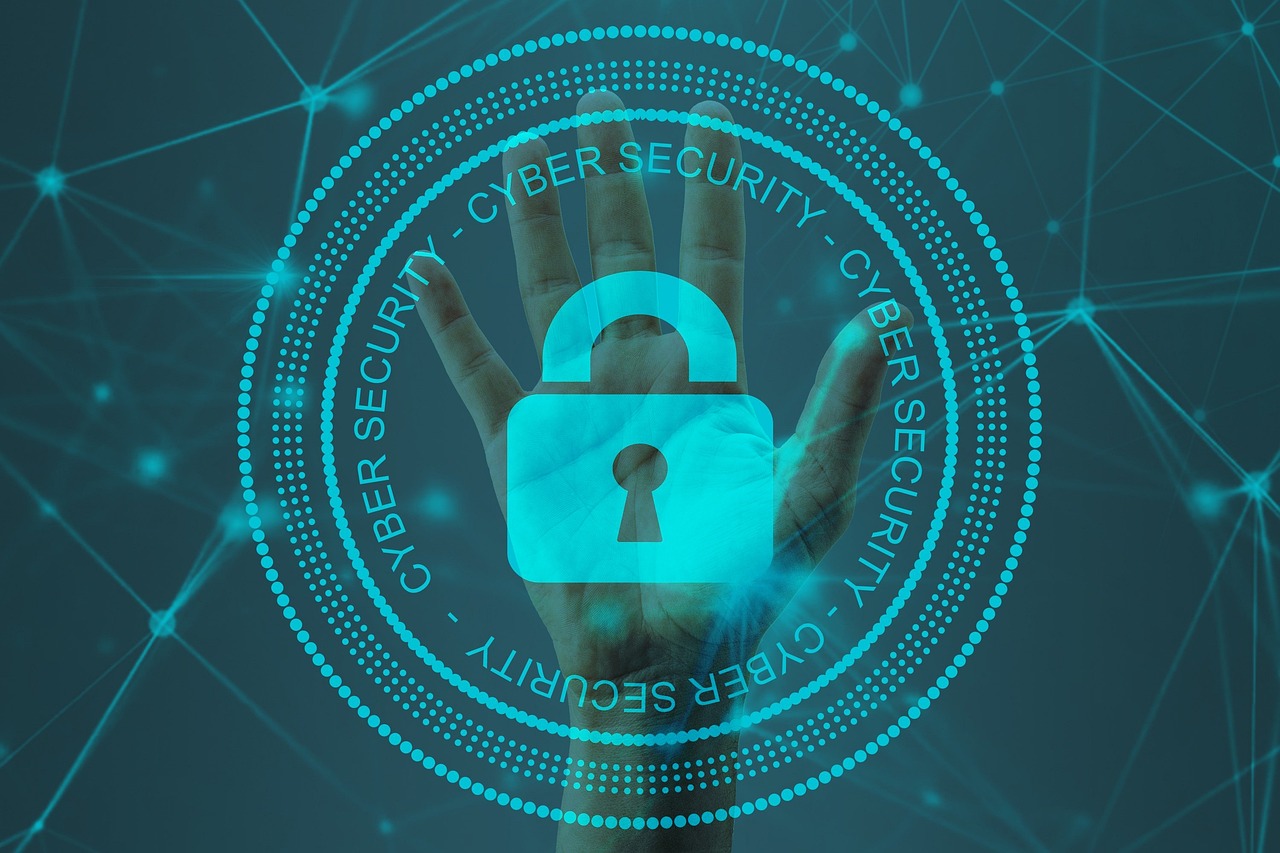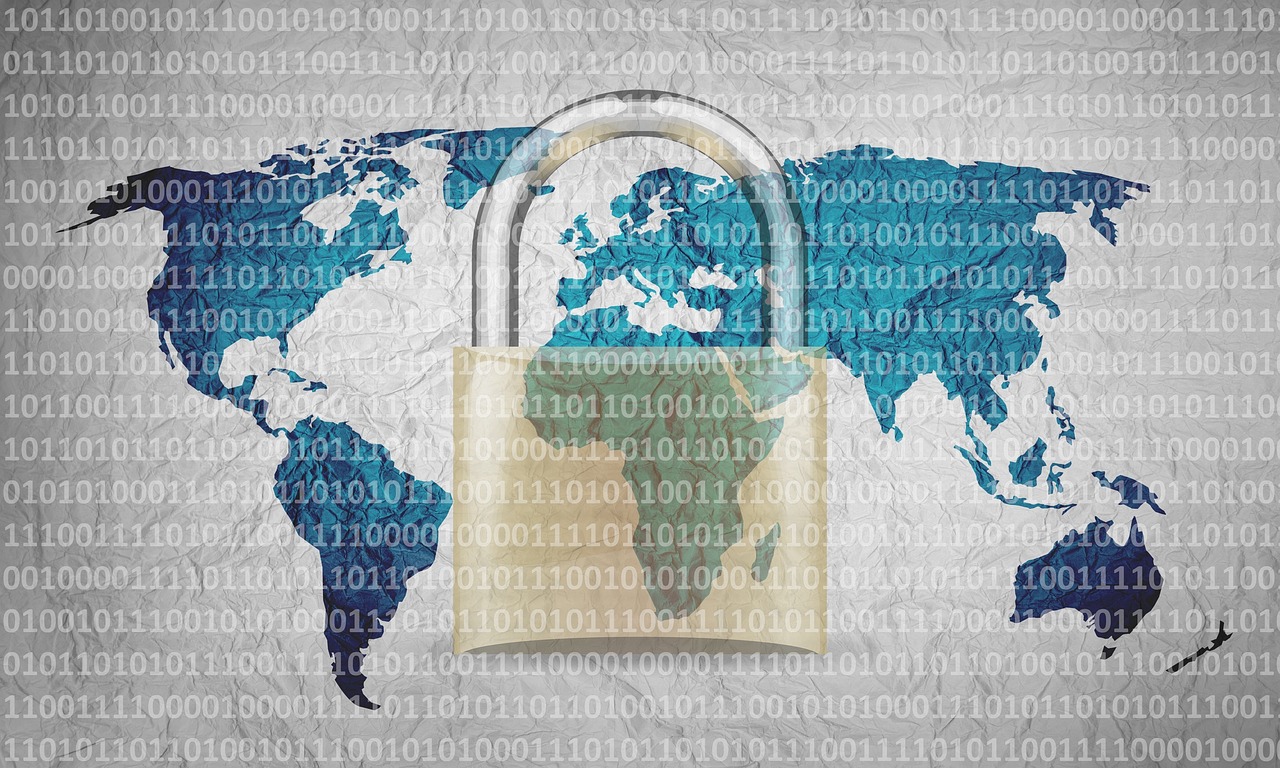
In the rapidly evolving world of financial technology, cybersecurity in fintech has become a critical concern for companies and consumers alike. As digital financial transactions become increasingly prevalent, the need for robust security measures to protect sensitive data and maintain user trust has never been more crucial. This article explores the landscape of cybersecurity in fintech, highlighting key threats, best practices, and emerging technologies that are shaping the future of secure digital finance.
Understanding Cybersecurity in Fintech
Definition and Scope
Cybersecurity in fintech encompasses a wide range of measures and practices designed to protect financial data, transactions, and user privacy in the digital realm. It includes:
- Data protection and encryption
- Secure transaction processing
- User authentication and access control
- Network security and intrusion detection
- Compliance with financial regulations
| Traditional Financial Security | Fintech Cybersecurity |
|---|---|
| Physical security measures | Advanced encryption algorithms |
| Paper-based documentation | Digital identity verification |
| In-person transactions | Secure API integrations |
| Limited access points | Multiple digital channels |
| Local data storage | Cloud-based security solutions |
Key Threats and Challenges
Fintech companies face a myriad of cybersecurity threats, including:
- Phishing attacks: Deceptive attempts to obtain sensitive information
- Malware: Malicious software designed to disrupt or gain unauthorized access
- Ransomware: Software that encrypts data and demands payment for decryption
- Data breaches: Unauthorized access to sensitive financial information
- Identity theft: Fraudulent use of personal information for financial gain
- DDoS attacks: Overwhelming systems to disrupt service availability
Regulatory Environment
The fintech industry operates under various regulations designed to ensure data protection and financial security:
| Regulation | Scope | Key Requirements |
|---|---|---|
| GDPR | EU data protection | Consent for data processing, right to erasure |
| PCI DSS | Payment card industry | Secure card data storage and transmission |
| CCPA | California consumer privacy | Transparency in data collection and use |
| NYDFS Cybersecurity Regulation | New York financial services | Regular risk assessments, incident response plans |
Best Practices for Fintech Cybersecurity

To mitigate risks and protect digital financial transactions, fintech companies should implement the following best practices:
Implementing Multi-Factor Authentication (MFA)
MFA adds layers of security beyond simple passwords:
- Something you know (password)
- Something you have (smartphone or token)
- Something you are (biometric data)
Implementing MFA can significantly reduce the risk of unauthorized access, even if passwords are compromised.
Encryption Techniques
Robust encryption is essential for protecting data:
- End-to-end encryption: Secures data throughout the entire transmission process
- AES (Advanced Encryption Standard): Widely used for data at rest
- TLS (Transport Layer Security): Protects data in transit
Regular Security Audits and Assessments
Ongoing security evaluations help identify and address vulnerabilities:
- Conduct regular penetration testing
- Perform vulnerability scans
- Review and update security policies
- Assess third-party vendor security
Advanced Technologies in Fintech Cybersecurity
| Technology | Application | Benefits |
|---|---|---|
| AI/ML | Fraud detection, anomaly identification | Real-time threat detection, adaptive security |
| Blockchain | Secure transactions, identity verification | Immutable records, decentralized security |
| Biometrics | User authentication | Enhanced security, improved user experience |
Artificial Intelligence and Machine Learning
AI and ML are revolutionizing fintech cybersecurity:
- Analyzing patterns to detect fraudulent activities
- Predicting potential security breaches
- Automating incident response procedures
- Enhancing user behavior analytics
Blockchain Technology
Blockchain offers unique security advantages:
- Decentralized ledger for transparent and immutable records
- Smart contracts for automated, secure transactions
- Enhanced identity verification and management
- Reduced risk of data tampering and fraud
Biometric Authentication
Biometric methods provide strong, user-friendly security:
- Fingerprint scanning for mobile app access
- Facial recognition for transaction approval
- Voice recognition for customer service authentication
- Behavioral biometrics for continuous user verification
Case Studies of Cybersecurity in Fintech
Case Study 1: Revolut
Revolut, a digital banking platform, employs advanced AI-driven fraud detection:
| Approach | Implementation | Results |
|---|---|---|
| Machine learning algorithms | Real-time transaction monitoring | 30% reduction in fraudulent transactions |
| Behavioral analytics | User activity profiling | Improved anomaly detection accuracy |
| Automated risk scoring | Dynamic transaction limits | Enhanced customer trust and security |
Case Study 2: Ripple
Ripple leverages blockchain technology for secure cross-border transactions:
| Feature | Description | Impact |
|---|---|---|
| Distributed ledger | Immutable transaction records | Increased transparency and reduced fraud |
| Consensus protocol | Validated transaction processing | Faster, more secure settlements |
| Cryptographic signatures | Secure transaction authorization | Enhanced identity verification |
Case Study 3: Nuance Communications
Nuance provides voice biometrics for financial institutions:
| Application | Technology | Outcome |
|---|---|---|
| Voice authentication | AI-powered voice recognition | 99% reduction in account takeover fraud |
| Passive voice biometrics | Continuous authentication during calls | Improved customer experience and security |
| Fraud detection | Voice analysis for suspicious activities | Early detection of potential threats |
Future Trends in Fintech Cybersecurity
Emerging trends shaping the future of fintech cybersecurity include:
- Quantum-resistant cryptography
- Edge computing for improved data processing and security
- AI-driven predictive security measures
- Decentralized identity management systems
- Increased use of homomorphic encryption for data privacy
Quantum Computing and Its Implications
The advent of quantum computing poses both challenges and opportunities:
- Potential to break current encryption standards
- Development of quantum-resistant algorithms
- Enhanced computational power for complex security analyses
Zero Trust Security Model
The Zero Trust approach is gaining traction in fintech:
- Assumes no trust by default, even within the network
- Requires continuous authentication and authorization
- Implements least-privilege access principles
Increased Collaboration Between Fintech Companies
Industry-wide collaboration is becoming crucial:
- Sharing threat intelligence and best practices
- Developing industry standards for cybersecurity
- Joint efforts in combating sophisticated cyber threats
Cybersecurity in fintech is an ever-evolving field, driven by the constant interplay between emerging threats and innovative security measures. As digital financial transactions become increasingly integral to our daily lives, the importance of robust cybersecurity cannot be overstated. Fintech companies must remain vigilant, adopting cutting-edge technologies and best practices to protect user data and maintain trust in the digital financial ecosystem. By embracing advanced technologies like AI, blockchain, and biometrics, while also fostering industry-wide collaboration, the fintech sector can continue to innovate and grow while ensuring the security and integrity of digital financial transactions.

